The 28-year-old girl accidentally sprained her right ankle while playing badminton in December last year. At that time, the outer side of the right foot was very swollen. Because the patient lacked basic knowledge of sports injuries, he only applied ice compresses without any fixation immediately after the injury. , resulting in swelling after four months, and the feet could not land normally.
→→→
Many patients often ask when they seek medical treatment in the orthopedics and traumatology department, "Is it better if the swelling is gone?" In fact, this kind of injury is accompanied by some pain in addition to the manifestation of swelling. I think there is no swelling or pain, and I can run and jump lightly, which is basically good. A full recovery is of course only when you can fully return to the state of motion before the injury.
This time may take half a year or more. The recovery time depends on the severity of the patient's injury, whether the formal treatment was carried out in a timely manner after the injury, and whether the sports rehabilitation exercise after the injury is reasonable. timely.
Combining the family sprain scene, the editor will share with you the correct "post-sprain treatment method".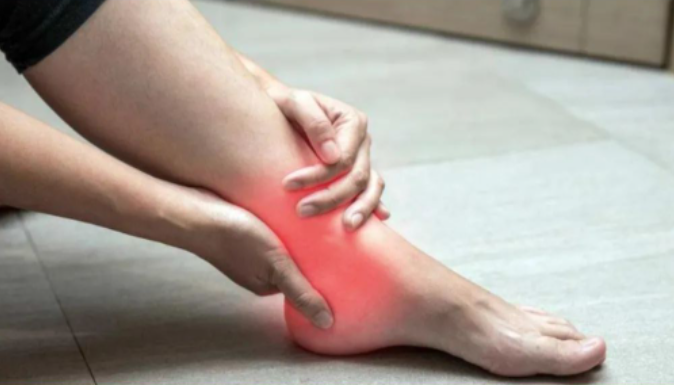
In daily life, sprains caused by various reasons can be seen everywhere. Ankle sprains after walking too fast and getting caught on a raised stone slab, wrong steps down stairs lead to ankle sprains, playing basketball and football and other sports abound, When injured, people will immediately think of a cold compress and then a hot compress. Indeed, this treatment method can play a certain role in reducing swelling in the early stage of acute sprain and contusion.
But cold and hot compresses are far from enough. Only by following the correct treatment principles can it help the sprain to recover better.
"RICE" principle
R (Rest)
Rest, avoid stimulating the injured area, and create conditions for the injured area to recover.
I (Ice)
Apply cold compresses and apply fever-reducing patches to the injured area to reduce swelling and pain.
C (Compassion)
For compression, use a plaster cast or sports brace to reduce bleeding and reduce tissue swelling.
E (Elevation)
Elevate, and raise the injured part higher than the heart, which is good for blood return.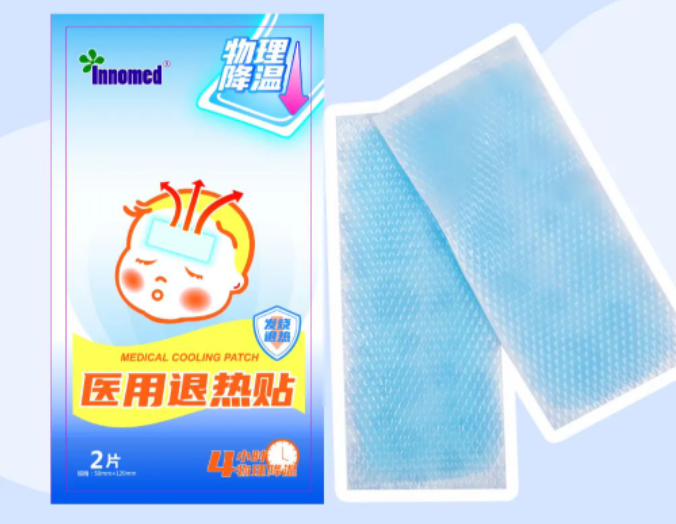
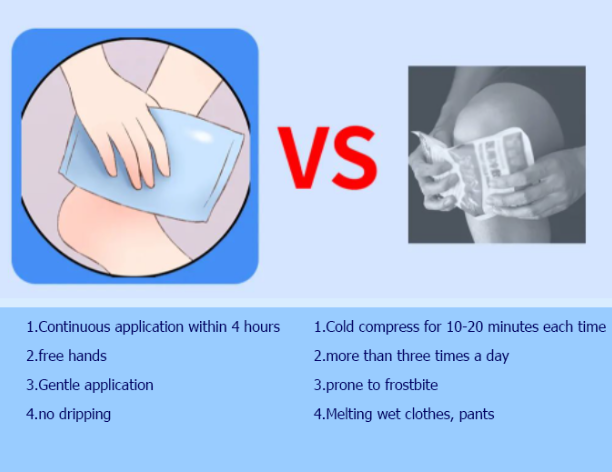
A household item
longterm convenient type: regular type ice pack:
Continue to apply cold compresses for 10-20 minutes each time within 4 hours
Free your hands more than three times a day
Gentle application for frostbite
Melts wet clothes and pants without dripping
More adaptation scenarios
1. sprain
2. fall, bruise
3. Muscle strain
4. scrape
5. scald
Elastic Bandage Self-Adhesive: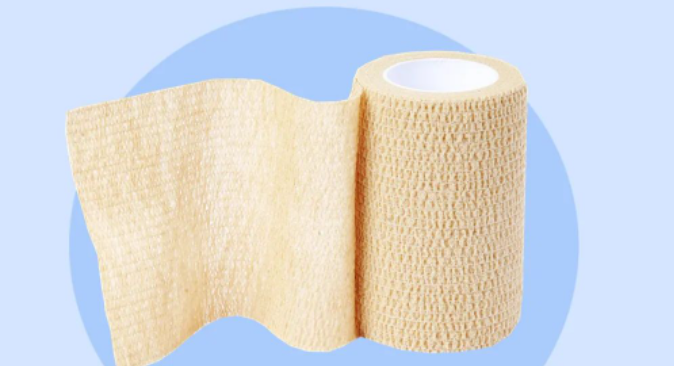
Elastic bandage (bandage compression fixation)
Bandage Compression Immobilization Sprain Compression Benefits:
To prevent the leakage of interstitial fluid (to minimize the occurrence of general ledger), the bandage can stabilize the range of motion of the joint and prevent the severity of the injury from aggravating
how to use:
First, start a circle from the instep to the arch of the foot, go around the ankle, and then to the instep, turn over the instep, and then go around to the ankle. Note that the winding should not be too tight or too loose, too loose will have no protective effect, and too tight will affect the night watch cycle. The ankle should be rewound and adjusted according to personal habits when exercising.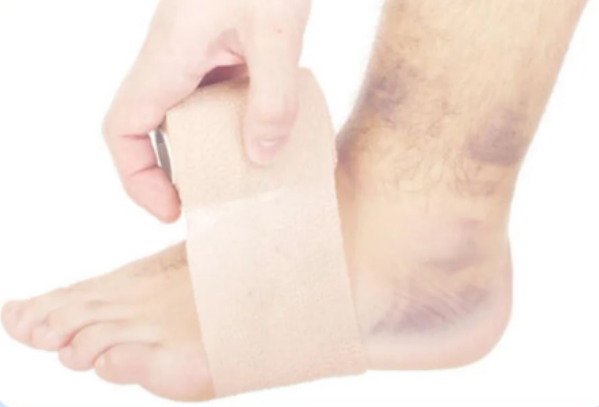

 English
English عربى
عربى Español
Español русский
русский 中文简体
中文简体







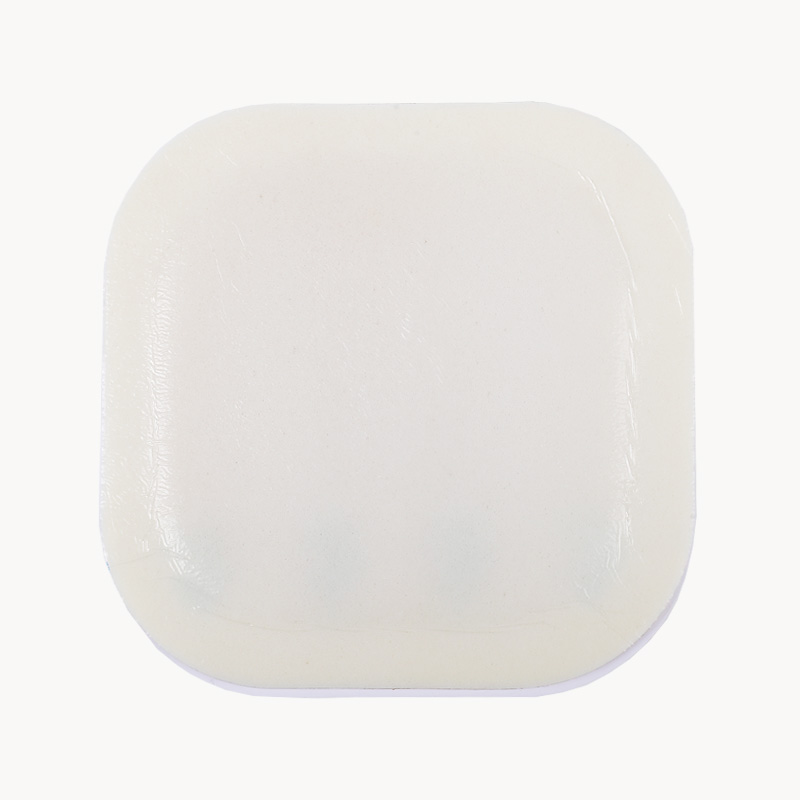
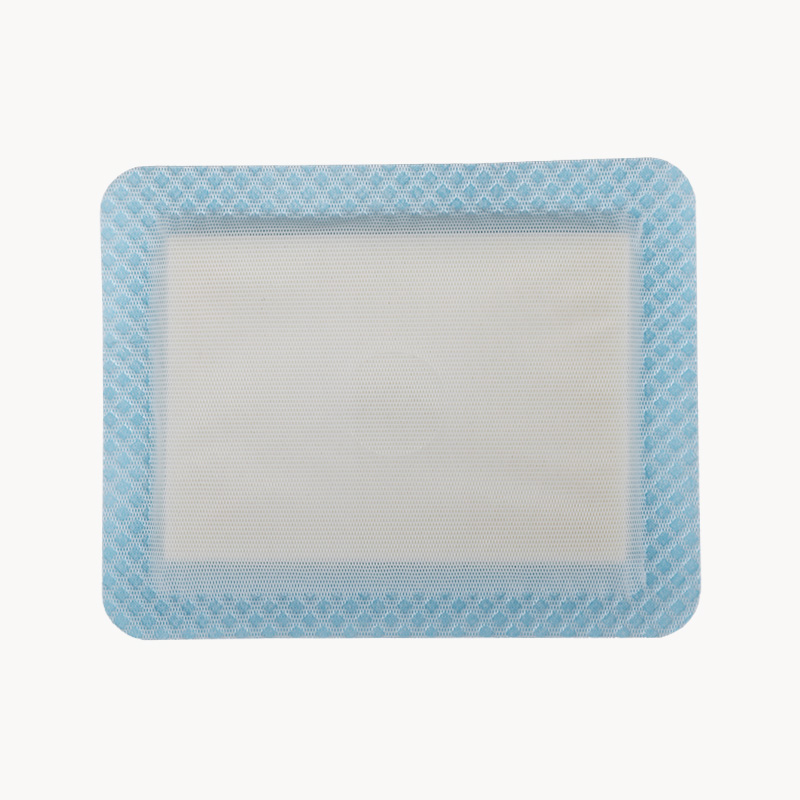
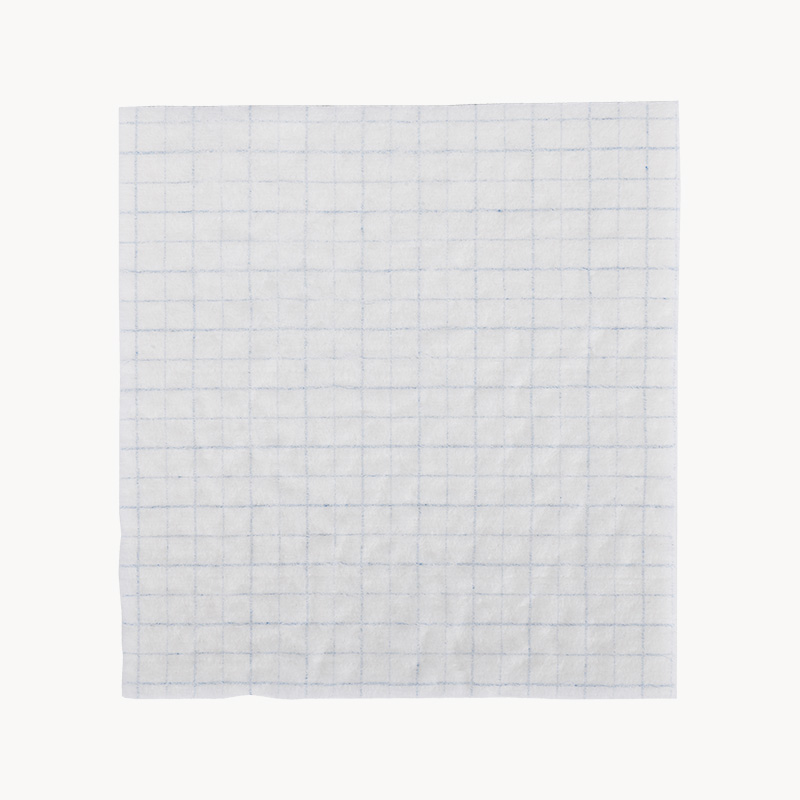

.jpg.png)
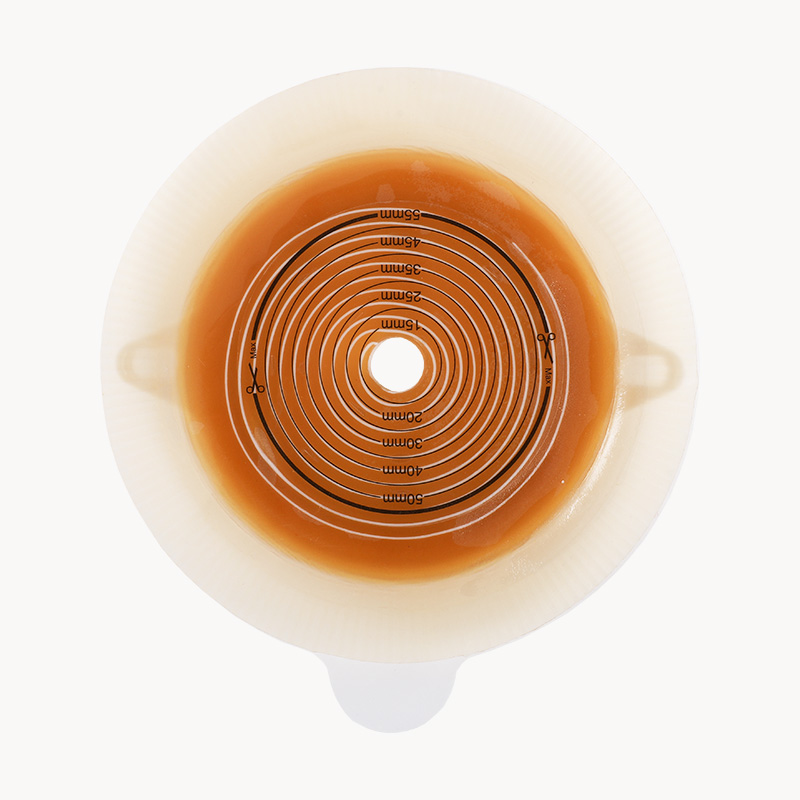
.jpg.png)
.jpg.png)
.jpg.png)


